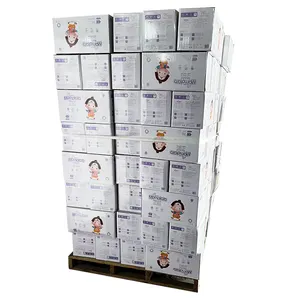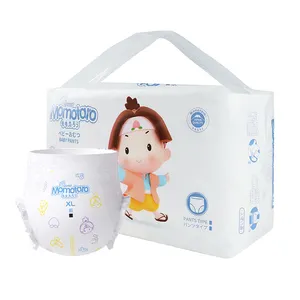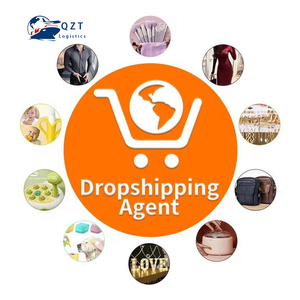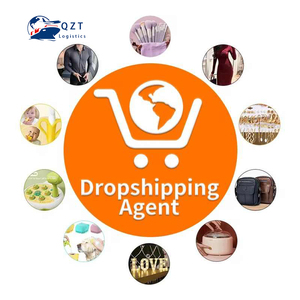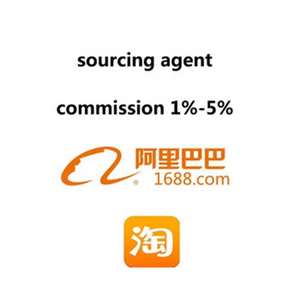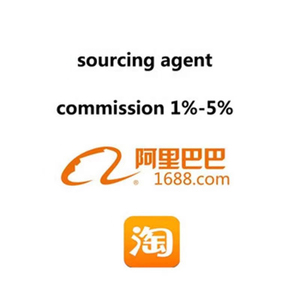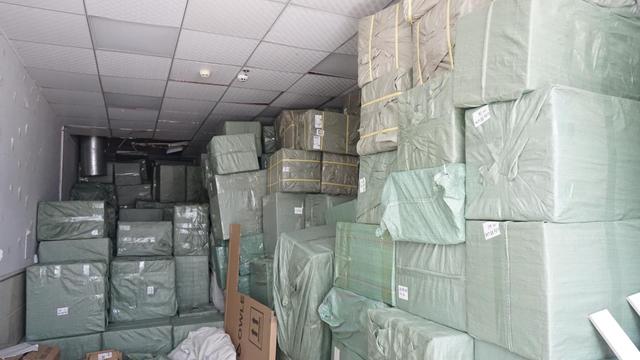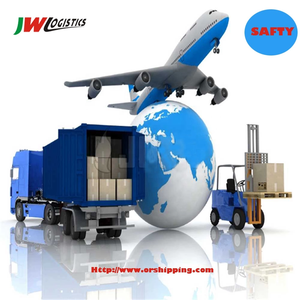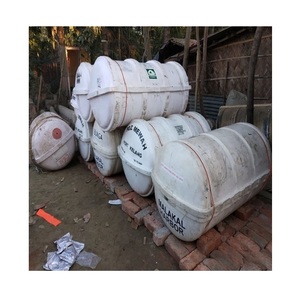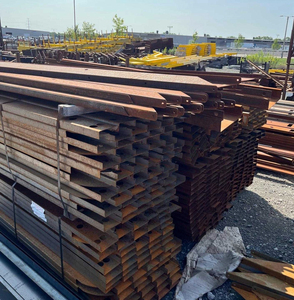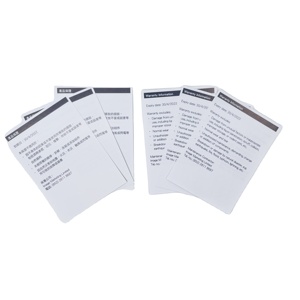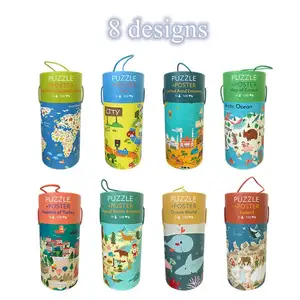Poor Supplier Management Examples






 Top sponsor listing
Top sponsor listing
































 CN
CN






 CN
CN










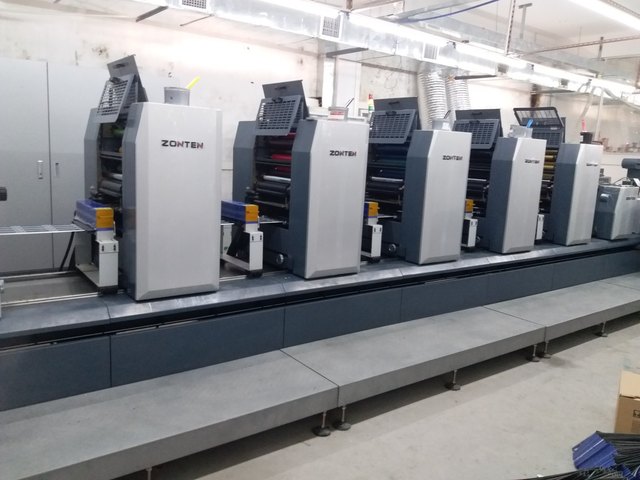












About poor supplier management examples
Where to Find Poor Supplier Management Examples in Global Sourcing?
Analysis of supplier performance data reveals recurring operational inefficiencies that characterize poor supplier management, particularly among international sourcing agents and supply chain intermediaries. While China remains a dominant hub for procurement services—especially in Guangdong and Fujian provinces—certain suppliers exhibit patterns of suboptimal performance despite high online transaction volumes. These cases offer instructive benchmarks for risk assessment in global supply chains.
Suppliers categorized under broad service offerings such as purchasing agency, dropshipping facilitation, and logistics coordination often lack standardized production oversight, leading to inconsistencies in delivery reliability, communication responsiveness, and order scalability. The absence of verifiable manufacturing infrastructure or quality control systems amplifies risks for buyers seeking long-term partnerships. Key red flags include low reorder rates despite high on-time delivery percentages, vague minimum order requirements (e.g., priced per kilogram or kilometer), and inconsistent product categorization—all indicative of fragmented operational models.
How to Identify Indicators of Poor Supplier Management?
Evaluating supplier health requires scrutiny beyond surface-level metrics. The following criteria help identify systemic weaknesses:
Performance Metric Discrepancies
A high on-time delivery rate (e.g., 100%) paired with a low reorder rate (e.g., 20%) suggests transactional engagement rather than customer satisfaction. This divergence indicates potential issues in product quality, post-sale support, or hidden costs not reflected in initial fulfillment success.
Vague Order Specifications
Suppliers quoting MOQs in non-standard units—such as “per kilogram” for digital services or “per kilometer” for sourcing tasks—lack transparent pricing structures. Such ambiguity impedes cost predictability and signals informal operational frameworks unsuitable for scalable procurement.
Limited Technical Specialization
Absence of industry-specific certifications (ISO, CE, RoHS), documented quality management systems, or dedicated R&D teams reflects minimal investment in process standardization. Service-based suppliers should demonstrate structured workflows, yet many rely on ad hoc labor models without capacity verification.
What Are Documented Cases of Poor Supplier Management?
| Company Name | On-Time Delivery | Reorder Rate | Avg. Response | Online Revenue | MOQ Reference | Service Type |
|---|---|---|---|---|---|---|
| Quanzhou Energy Babycare Co., Ltd. | 100% | 20% | ≤1h | US $240,000+ | N/A | Baby Diapers, Sanitary Pants, Wet Wipes |
| Shenzhen Qizhoutong Supply Chain Co., Ltd. | 98% | 40% | ≤5h | US $160,000+ | 1 kg | Dropshipping Agent, E-commerce Support |
| Shenzhen Chenxingda International Supply Chain Co., Ltd. | 97% | 35% | ≤7h | US $210,000+ | 1–100 km | Purchasing Agent, Railroad/Trucking Sourcing |
| Shenzhen Z-Leading International Logistics Co., Ltd. | 100% | 34% | ≤3h | US $550,000+ | 10 kg | Sourcing Agent, FBA Consolidation |
| Shenzhen Meilianhua International Freight Agency Co., Ltd. | 95% | 32% | ≤5h | US $70,000+ | 1 kg | Shopify, Taobao, Pinduoduo Dropshipping |
Performance Analysis
Quanzhou Energy Babycare achieves perfect on-time delivery but records only a 20% reorder rate, indicating possible dissatisfaction despite punctuality. High-volume revenue generators like Shenzhen Z-Leading ($550,000+ online revenue) maintain moderate retention (34%), suggesting client acquisition outweighs long-term relationship stability. Several suppliers quote MOQs in abstract units (kilograms, kilometers), which lack clarity for service deliverables and hinder comparative analysis. Response times are generally fast (≤7h), yet this does not correlate strongly with reorder behavior, underscoring that speed alone does not ensure trust or quality.
FAQs
What defines poor supplier management in sourcing?
Poor supplier management is characterized by misaligned KPIs (e.g., high delivery compliance with low customer retention), lack of formal quality systems, ambiguous contractual terms, and reliance on informal labor or subcontracted networks without traceability.
How can buyers assess supplier reliability beyond delivery rates?
Analyze reorder rates, request evidence of internal SOPs, verify team size and specialization, and conduct video audits of operational facilities. Prioritize suppliers who provide clear service scopes, defined SLAs, and historical client references.
Are low MOQs always beneficial?
Not necessarily. Extremely low or ambiguously defined MOQs (e.g., “$0.10 per kilogram”) may reflect unstructured operations. Reliable suppliers balance flexibility with transparency, offering tiered pricing based on verifiable effort or volume metrics.
What role does customization capability play in supplier evaluation?
Customization requires robust project management and technical coordination. Suppliers claiming broad customization without documentation, design tools, or sample validation processes pose higher execution risks.
How to mitigate risks when working with sourcing agents?
Implement phased engagements starting with small test orders, require milestone reporting, use escrow payment systems, and validate claims through third-party inspection services. Avoid sole reliance on platform-generated metrics without independent verification.


